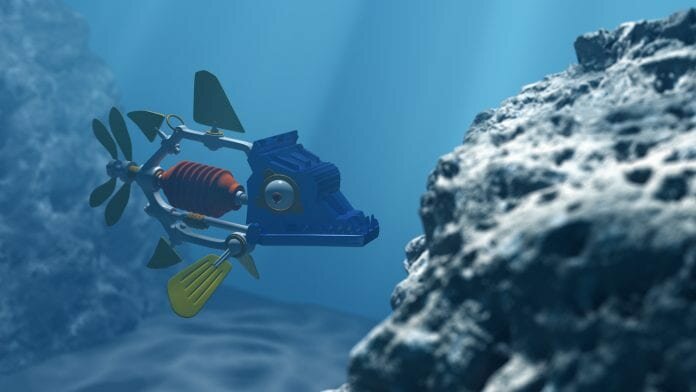
UK robotics firms are working towards developing underwater artificial intelligence systems for autonomous underwater vehicles.
Underwater artificial intelligence would enable unmanned devices to map sea beds and carry out underwater infrastructure repair, both of which can be dangerous to human technicians. The UK’s technology and robotics sector has been working to introduce elements of artificial intelligence and machine learning into infrastructure maintenance on land, at sea and in space; with the goal of reducing the disruption, costs and risks posed to humans by conducting this maintenance.
By introducing underwater artificial intelligence and 3D computer imaging technologies to the subaquatic robotics sector, researchers hope to reduce the cost of producing offshore renewable energies. UK robotics businesses such as Rovco, which specialises in subsea robotics services, have received funding from UN government initiatives for research and development of emerging technologies; working alongside other researchers, engineers and industry specialists to develop innovative, collaborative projects.
In a blog written on the underwater artificial intelligence project for Innovate UK, Rovco’s Chief Technology Officer Dr Iain Wallace said: “The ability to work with other like-minded engineers, R&D teams, and Remotely Operated Vehicles (ROV) specialists has resulted in exciting project concepts, allowing us to innovate further and more efficiently. We see collaboration as not only useful, but crucial if new technology is going to positively impact a range of sectors including nuclear, energy and robotics. This innovation has then brought in external investment to Rovco, growing the company and creating many high-tech robotics jobs – with our hiring continuing.”
Research participants, drawn from a diverse range of fields including defence, construction and nuclear, aim to produce a positive effect on the UK’s energy supply chain through cross-disciplinary research into underwater artificial intelligence systems, robotics and infrastructure maintenance. Wallace said the eventual goal of the project was to “enable real robots to do real work”.


















